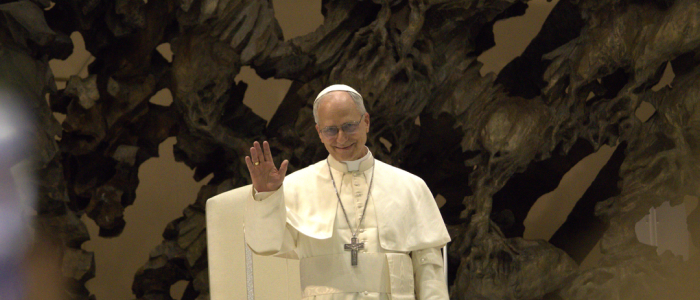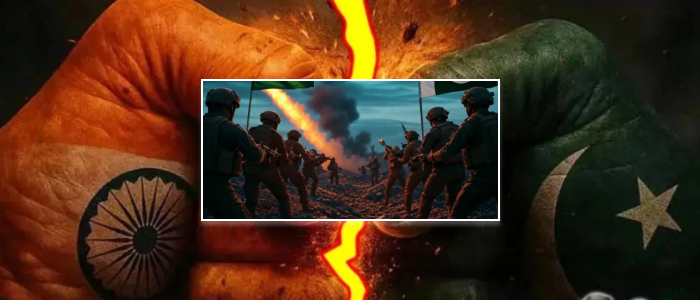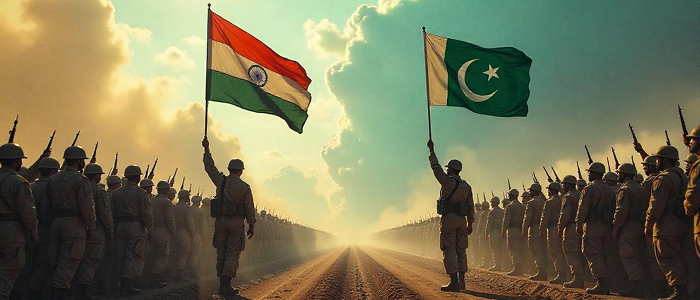A Constant Threat of Escalation
In 2025, tensions were heightened once again, echoing scenarios scientists have previously warned about. A notable study in 2019 imagined a situation where a terrorist attack on India's parliament could trigger nuclear war. While that scenario was hypothetical, recent events show that reality can come dangerously close.
Pakistan responded to the escalation with a military strike and announced a meeting of the National Command Authority (NCA), which oversees the country's nuclear weapons. This dual action was interpreted by many as a strategic reminder of Pakistan's nuclear readiness. Shortly afterward, international mediation reportedly helped ease tensions.
Indian Prime Minister Narendra Modi made it clear that India would not tolerate nuclear threats, warning that any group providing sanctuary to terrorists would face firm retaliation. He also emphasized India's unwillingness to be intimidated by "nuclear blackmail."
India and Pakistan each hold around 170 nuclear warheads, according to estimates from January 2024. Globally, there are 12,121 nuclear warheads, with the US and Russia possessing more than 8,000 combined. Of the total, about 9,585 are in military stockpiles and 3,904 are actively deployed—an increase of 60 compared to the previous year.
Doctrines, Capabilities, and Strategic Signals
India has maintained a no-first-use nuclear policy since its tests in 1998. However, since 2003, the policy has included the option to respond with nuclear weapons in the event of a chemical or biological attack. Statements made in 2016 by a former defence minister further added uncertainty about the policy's future.
Pakistan, meanwhile, has never officially declared its nuclear doctrine. Nonetheless, past statements and actions provide insight into its nuclear stance. In 2001, four triggers were outlined for nuclear use: significant loss of territory, destruction of major military assets, economic collapse, or political destabilization. In 2002, Pakistan's then-president said nuclear weapons would only be used if the country's survival was at risk.
Concerns about accidental nuclear escalation are also significant. In 2022, India mistakenly fired a nuclear-capable missile into Pakistan's territory, traveling 124 kilometers and damaging civilian property. A delayed public response from India further added to the tension. Later, three Indian air force officers were dismissed over the incident.
Mutual Deterrence and Growing Arsenals
Despite close calls, both India and Pakistan have managed to avoid crossing the nuclear threshold. Experts suggest that as long as major ground battles are avoided, the nuclear risk stays relatively low. However, if one side feels their positions are at risk, the "use it or lose it" mindset could emerge, where nuclear weapons are launched before being potentially destroyed.
There is also an ongoing arms race. India has an estimated 680 kilograms of weapons-grade plutonium, enough for 130 to 210 nuclear warheads. Pakistan's nuclear arsenal could grow to about 200 warheads by the late 2020s, supported by new delivery systems and expanded nuclear material production.
India is said to have an edge in both air and sea-based nuclear capabilities, especially due to investments in nuclear-powered submarines. Pakistan has not matched India's scale in this area, giving India a strategic advantage.
Despite their differences, both countries understand the consequences of being the first to break the long-standing global taboo against using nuclear weapons. The threat remains more theoretical than imminent, but experts warn that even a small chance of a nuclear conflict is too high when the stakes are so massive.
Stay informed with Newsbuck – your go-to source for global news, trends, and updates across tech, health, politics, and more. Trusted stories, delivered fresh. Explore more on Newsbuck!















